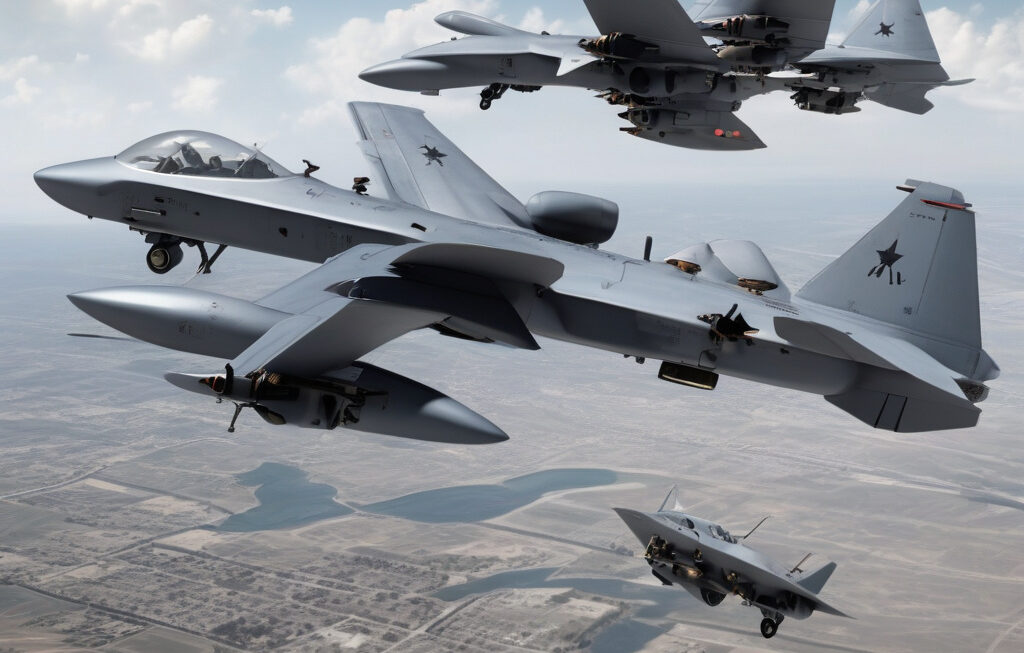US Air Force Eyes Atomic Clocks to Keep Swarms Flying in Jammed Skies
The US Air Force is turning to atomic clock technology to help coordinate swarms of drones and other unmanned aerial vehicles (UAVs) in increasingly crowded and contested airspace. With the rise of autonomous systems and the need for more precise navigation and synchronization, the military is looking to leverage the incredible accuracy and stability of atomic clocks to overcome the challenges of operating in complex and congested environments.
Atomic clocks are the most accurate timekeeping devices in existence, relying on the vibrations of atoms to measure time to within a fraction of a second over millions of years. By integrating atomic clocks into UAVs, the US Air Force aims to enhance their ability to operate independently and collaboratively, even in GPS-denied or jammed environments.
One of the key advantages of atomic clocks is their immunity to external interference, making them ideal for maintaining synchronization and coordination among swarms of drones operating in close proximity to each other. This level of precision is essential for tasks such as surveillance, reconnaissance, communication relay, and target acquisition, where split-second timing can make all the difference in mission success.
In addition to their unparalleled accuracy, atomic clocks offer long-term stability, ensuring that UAVs can maintain their positions and trajectories over extended durations without drifting out of sync. This capability is crucial for enabling prolonged missions and facilitating seamless handoffs between different aircraft in dynamic operational scenarios.
Furthermore, the integration of atomic clocks into UAVs opens up new possibilities for advanced applications such as distributed sensing, multi-vehicle coordination, and autonomous decision-making. By enabling precise temporal alignment between multiple platforms, atomic clocks lay the foundation for enhanced situational awareness, improved operational efficiency, and optimized mission outcomes.
As the US Air Force continues to modernize its fleet and adapt to evolving threats, the adoption of atomic clock technology represents a significant step forward in enhancing the capabilities of unmanned systems and ensuring their effectiveness in the face of increasingly sophisticated adversaries. By harnessing the power of precise timekeeping, military planners can unlock new levels of agility, resilience, and responsiveness in the execution of complex aerial missions.
In conclusion, the utilization of atomic clocks by the US Air Force underscores the critical role of advanced technologies in shaping the future of military operations. By leveraging the unmatched precision and reliability of atomic clocks, the military can overcome the challenges of operating in congested skies and contested environments, paving the way for a new era of autonomous and synchronized aerial capabilities.
US Air Force, Atomic Clocks, UAVs, Military Technology, Precision Timing












